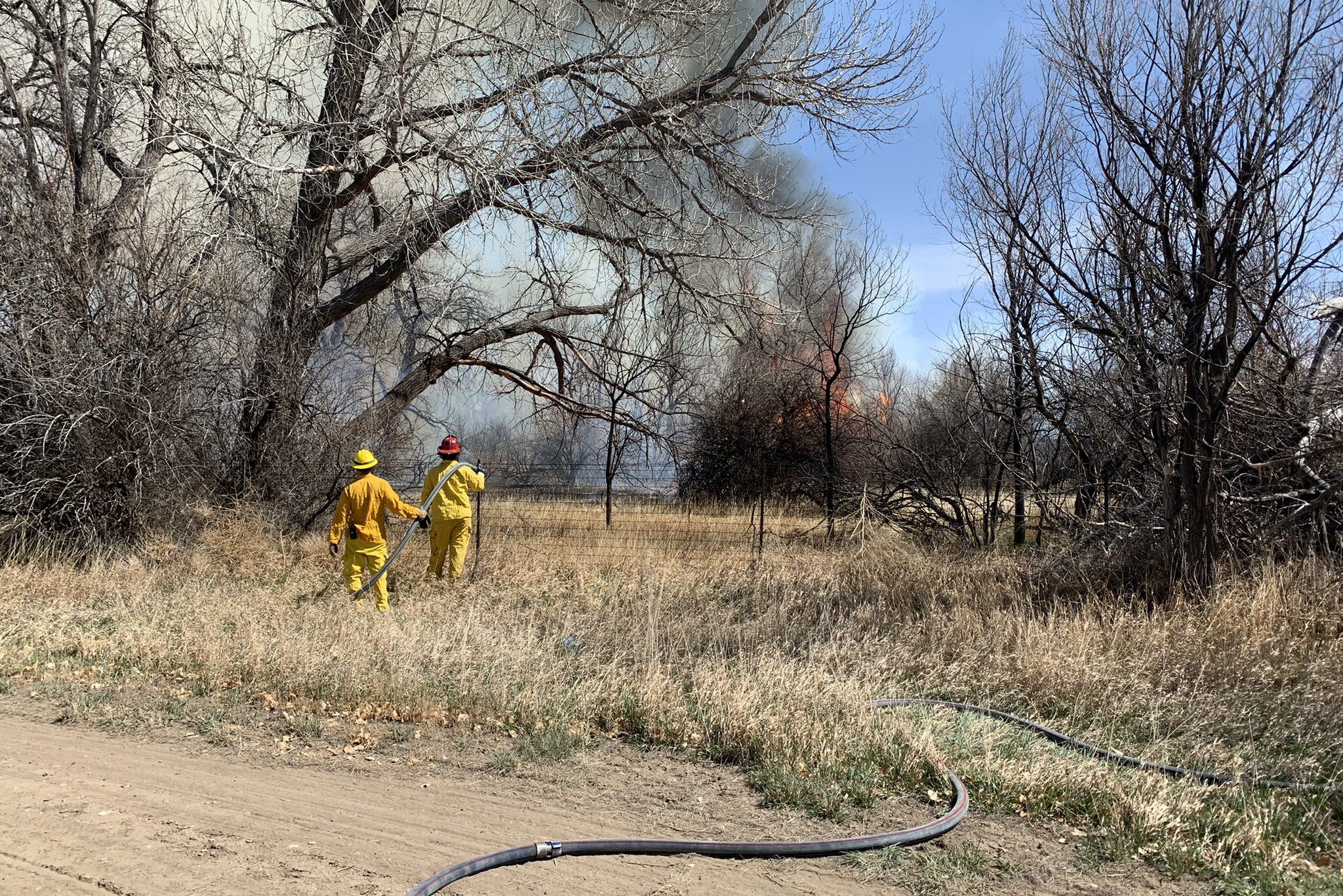
The National Weather Service in Boulder normally issues a handful of alerts in April warning about critical fire conditions, said Bruno Rodriguez, who leads the office’s fire weather program.
Last month, the office issued a single-month record of at least 16 such warnings, Rodriguez said.
“The reality is that we are dealing with a new kind of fire season,” Rodriguez said. “It's really a year-round thing now, and that plays into community preparedness and safety, as well.”
The number of fire warnings is just one way to quantify the intense weather Colorado — in particular the Front Range – had in April. There were also strong, incessant winds along the plains that exacerbated the fire danger.
And then there’s the drought. Last month was on track to be the driest April in Denver’s history until a scant 0.05 inches of rain fell over the city on Friday, according to the weather service.
“It's not something that's unique to Denver,” Rodriguez said of the lack of rain. “We're seeing this across the I-25 corridor and the plains.”
April usually brings strong winds along with precipitation from a late-season snowstorm or early thunderstorms, Rodriguez said. Instead, the U.S. Drought Monitor showed much of the plains fell into severe drought as the month wore on.
“If we're not seeing precipitation during our windiest time of the year, that obviously has a major impact on fire danger,” he said.
The drought is expected to persist into the summer in the Denver metro area, according to the National Integrated Drought Information System. Models from the National Weather Service’s Climate Prediction Center also suggest the next three months will be warmer and drier than normal around the state.
Rodriguez said there was one silver lining last month: Decent and consistent snowstorms in the north-central mountains brought regional snowpack to close to normal levels.
Snowpack levels were below average in the southern half of the state at the end of April, with the San Luis Valley recording less than half of its normal levels, according to the USDA’s Natural Resources Conservation Center.
Experts say drier, warmer conditions across the West are worsened by human-caused climate change. The lack of rain and powerful winds fueled the destructive Marshall fire and several other fires that ignited in eastern Colorado last month.








